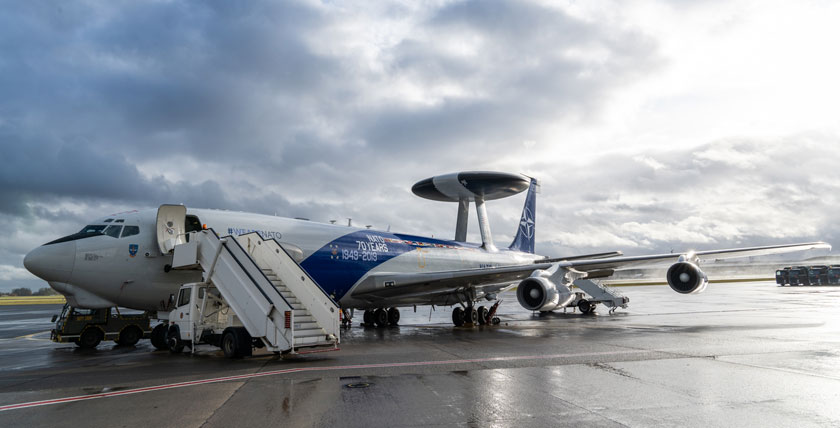After almost three decades, the Bundeswehr has returned to national and alliance defence. The necessary change can be mastered with system alliances.
At the end of the Cold War in the early 1990s, the Bundeswehr - after 35 years of development - had achieved a good position in the conventional arms race with the Warsaw Pact and in comparison with the other NATO partners. As surprisingly as the Cold War ended, there was little certainty as to how the costly armed forces should continue. With the equipment and training for the large-scale, intensive war on the European continent, the Bundeswehr went into a wide variety of crisis operations around the globe.
The weapons systems and equipment that were deployed in the 15 years following the fall of communism had their conceptual origins in the Cold War. They were therefore unsuitable for current crisis operations, or only suitable to a limited extent. After ten years of operational activity, the Bundeswehr was reorganised into operational forces, stabilisation forces and support forces as part of the transformation in 2002. The frigate 125 was initiated as a "stabilisation frigate" for low-intensity operations. At the time, a warning period of ten years was assumed for establishing the capability for robust warfare.
Access?
- Access to all articles from the marineforum magazine
- Easy payment via PayPal, direct debit or credit card
- The subscription can be cancelled at any time free of charge
- Free of charge for MOV members












0 Kommentare